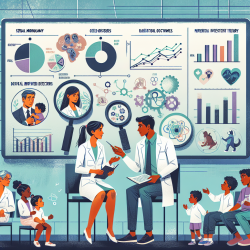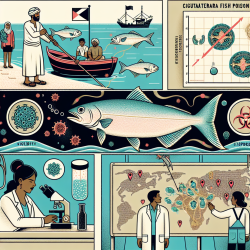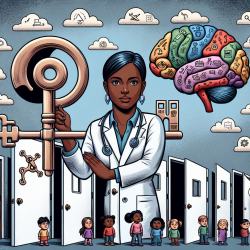Introduction: A New Perspective on Serial Monogamy
As practitioners dedicated to fostering positive outcomes for children, it's essential to explore diverse research areas that can enrich our understanding and approach. The study titled Serial Monogamy as Polygyny or Polyandry? by Monique Borgerhoff Mulder offers intriguing insights into human mating systems, challenging traditional views on parental investment and reproductive strategies. This blog aims to inspire practitioners to consider these findings and their implications for improving child outcomes.
Key Findings: Women as Beneficiaries of Serial Monogamy
The research conducted among the Pimbwe population in Tanzania reveals that women, rather than men, benefit more from multiple marriages. This challenges the conventional belief that serial monogamy primarily serves male reproductive interests. The study found no significant difference in reproductive success variance between men and women, suggesting that women may gain more from multiple marriages in terms of offspring survival and fertility.
Implications for Practitioners
Understanding the dynamics of serial monogamy can provide valuable insights into family structures and child development. Here are some ways practitioners can apply these findings:
- Reevaluating Parental Roles: Recognize the diverse family structures and dynamics that can influence child outcomes. This understanding can help tailor interventions that support both mothers and fathers in different marital contexts.
- Supporting Female Empowerment: Acknowledge the potential benefits of multiple marriages for women, such as increased economic support and resource access, which can positively impact children's well-being.
- Encouraging Further Research: The study highlights the need for more research on female reproductive strategies and their implications for child development. Practitioners can advocate for studies that explore these dynamics in different cultural contexts.
Encouraging Further Exploration
The findings from this study open new avenues for understanding human mating systems and their impact on family and child outcomes. Practitioners are encouraged to delve deeper into the research and consider how these insights can inform their practice. By embracing a data-driven approach, we can better support diverse family structures and promote positive outcomes for children.
To read the original research paper, please follow this link: Serial Monogamy as Polygyny or Polyandry?










